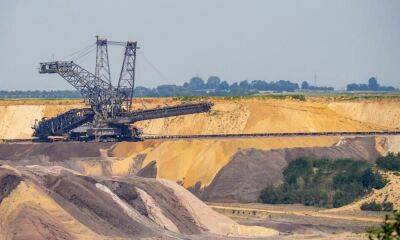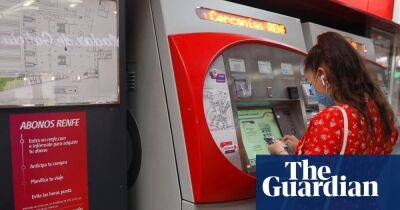City workers get double-digit wage rises while lowest-paid see 1% increase
City workers received double-digit wage rises while people on the lowest incomes were paid annual increases of just 1% in the last year, according to a study that illustrates the ability of better-paid workers to protect themselves from the cost of living crisis.
The CEBR (Centre for Economics and Business Research) said workers in the banking and insurance sector had secured inflation-busting increases together with lawyers, accountants and professional services staff, mainly among those working in London’s financial district.
The economic consultancy described the figures as illustrating a “tale of two labour markets” where the “highest earners now enjoy annual pay growth of 10%, while lowest earners see just a 1% rise”.
Segregating monthly pay data into income groups, it said official data sources showed the bottom 10% had diverged from the 10% after a period of two years during the pandemic when they converged.
Nina Skero, the consultancy’s chief executive, said that while an increase in the national minimum wage will have raised the incomes of many low-paid workers, the data showed many others were not able to benefit.
A rise in the national minimum wage of 6.6% in April was likely to be offset by a fall in the number of hours worked by those on low pay.
Skero said the lowest 10% of workers were falling well behind the general inflation rate of 9.4% and would suffer more than other groups should the consumer prices index rise to 13%, as the Bank of England predicted in its latest forecasts.
She said: “Two prevalent yet opposing narratives have emerged. One focuses on the significant bargaining power held by employees as they take advantage of the tight labour market to negotiate record pay rises and generous bonuses.
“The
Read more on theguardian.com















![Terra Classic’s [LUNC] price moons, but will it sustain the growth - ambcrypto.com - city Santiment - city Santimentinterestingly](https://finance-news.co/storage/thumbs_400/img/2022/9/1/39309_iwq.jpg)



